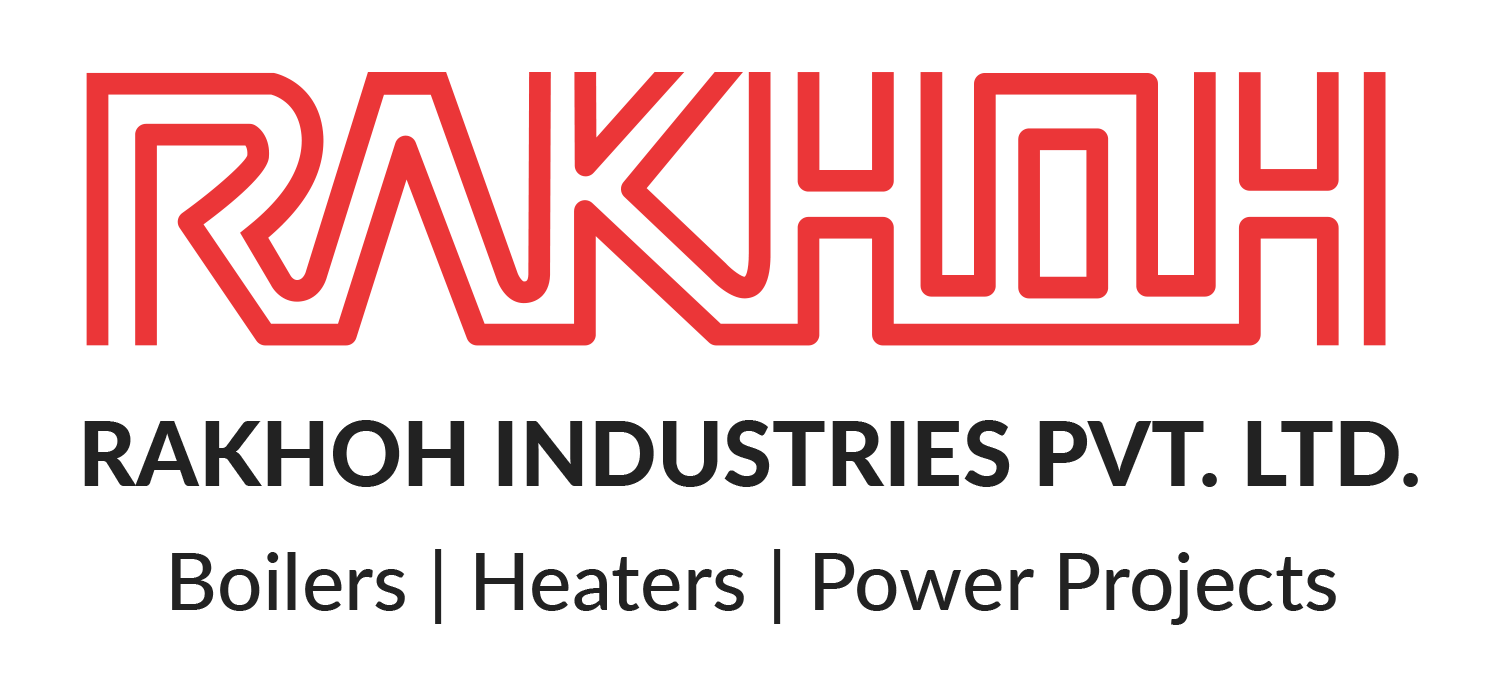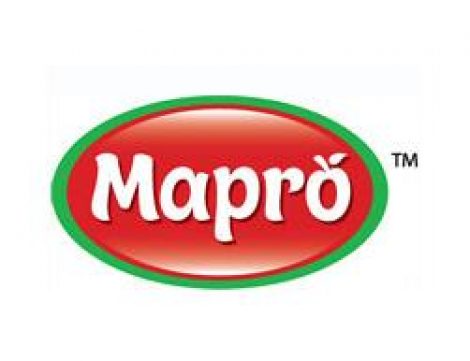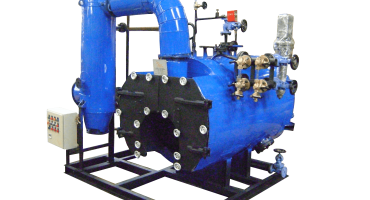An Overview of Boiler Emission and Methods to Control It
Steam Boilers are paramount in process and manufacturing for many decades for their efficiency and high energy holding capacity for processing and heating purposes. However, on the flip side, steam boilers lead to boiler emissions, which are hazardous for the environment and the people in the vicinity. Therefore, various laws are implemented to control the emission level and ensure a balance of industrial advancement and environmental protection. Boiler manufacturers have incorporated various practices to minimize harmful emissions. Let us now understand the primary types of boiler emission and methods to control it.
What is Boiler Emission?
Boiler Combustion is caused primarily by standard fossil fuels (natural gas and ASTM Grade Oil) in commercial and industrial boilers that lead to the following nine emissions;
- Carbon dioxide
- Nitrogen
- Oxygen
- Water
- Carbon monoxide
- Nitrogen oxide
- Sulfur oxides
- Volatile organic compounds and
- Particulate matters.
The latter five combustion by-products are pollutants known to either cause harmful impacts on humans and the environment directly or indirectly. Let us learn about these emissions in detail,
Carbon Monoxide Emission (CO):
Carbon monoxide is caused due to incomplete combustion. Boiler manufacturers design burner/steam boilers to ensure complete combustion, releasing all of the energy present in the fuel. However, when some carbon molecules do not find oxygen molecules, it converts to carbon monoxide (CO) rather than carbon dioxide (CO2). Therefore, burners/steam boilers are designed to allow excess air to reduce the amount of carbon monoxide.
In the gaseous state, carbon monoxide is a poisonous substance whereas, in solid form, it is termed soot which is an unhealthy and dirty substance. Carbon Monoxide is one of the primary contributors to global climate change. High flame temperatures and appropriate air/fuel mixing are vital for low CO emissions. Industrial steam boilers incorporate low CO emission techniques like reducing flame temperatures by modifying air/fuel mixing patterns.
An induced flue gas recirculation can reduce NOx levels by lowering the flame temperature without increasing CO levels. As the flue gas is introduced into the flame in the initial stages of combustion and the air-fuel mixing intensifies, the CO levels remain consistent or reduced.
Nitrogen Oxide (NOx):
Nitrogen Oxide (NOx) is a chemical compound made of nitrogen and oxygen. As we are aware, the air we breathe consists of 20.9% oxygen (O2), 79% nitrogen, and .1% other. During the combustion process, some of the nitrogen and oxygen in the air combines and results in Nitrogen Oxide (NOx). High temperature leads to an excess amount of NOx, and that is why oil firing results in more NOx because it includes trace amounts of nitrogen and burns hotter than natural gas.
NOx, when combined with sunlight, leads to the formation of ozone (O3) and nitrogen. Although ozone is vital at the highest altitudes of our atmosphere to reflect away some sunlight from the earth, ozone at ground level is an unhealthy substance commonly referred to as smog.
NOx is considered to be an environmental issue because it causes reactions that lead to the production of ozone and acid rain. Ozone and acid rain can damage fabric, crack rubber, reduce visibility, harm forests and lakes, and cause health problems. Nitric oxide (NO) and nitrogen dioxide (NO2) are the primary nitrogen pollutants generated by steam boilers, collectively termed Nitrogen Oxide. In steam boilers, NOx is formed in two ways; thermal NOx and fuel NOx.
Thermal NOx is generated with a combination of nitrogen and oxygen in the combustion air at high temperatures in a flame. It contributes the majority of NOx formed during the combustion of gases and light oils. Fuel NOx results from the reaction of nitrogen in the fuel with oxygen in the combustion air. It rarely occurs with gaseous fuels. However, as oils contain significant fuel-bound nitrogen, fuel NOx can contribute to 50% of the total NOx emissions.
NOx emissions are controlled through two methods: post-combustion methods and combustion control techniques. The post-combustion methods manage NOx emissions after formation. The combustion control techniques prevent the formation of NOx during the combustion process. Some of the post-combustion methods include,
- Selective Non-Catalytic Reduction
- Selective Catalytic Reduction
- Combustion control techniques include:
- Low Excess Air Firing
- Low Nitrogen Fuel Oil
- Burner Modifications
- Water/Steam Injection
- Flue Gas Recirculation
Sulfur Oxides (SOx):
Sulfur compounds, or SOx, react with water vapor (in the flue gas and atmosphere) and result in the formation of sulfuric acid mist. Airborne sulfuric acid is found in fog, smog, acid rain, snow, lakes, rivers, and soil. The acid is extremely corrosive and causes harm to the environment.
The combustion of fuels with sulfur (primarily oils and coals) results in pollutants in the forms of SO2 (sulfur dioxide) and SO3 (sulfur trioxide), commonly termed as SOx (sulfur oxides). Low sulfur fuel, desulfurization of the fuel, Flue gas desulfurization (FGD) system are some of the techniques to reduce SOx. Fuel desulfurization is best-suited to coal for removing sulfur from the fuel before burning. Flue gas desulfurization utilizes scrubbers to remove SOx emissions from the flue gases.
Flue gas desulfurization systems are further classified as non-regenerable or regenerable. Non-regenerable FGD systems lead to the waste product requiring proper disposal. Regenerable FGD converts the waste by-product into a useful product like sulfur or sulfuric acid. Using low sulfur fuels is the most cost-effective method of SOx reduction for steam boilers.
Volatile Organic Compounds (VOC):
Volatile organic compounds, or VOCs, consist of a combination of carbon, hydrogen, and sometimes oxygen. It vaporizes easily once emitted in the air and causes issues with ground-level ozone formation. In the case of boiler emissions, it is usually referred to as hydrocarbons and divided into two categories – methane and non-methane.
Volatile organic compounds in steam boilers result from poor or incomplete combustion due to improper burner set-up and adjustment. Maintenance of the burner/steam boiler with proper air/fuel ratio maintains the VOC emissions at a minimal.
Particulate Matters (PM):
Particulate matter refers to the microscopic particles caused by incomplete combustion and/or the combination of particles like dust in the air combined with carbon or oxygen during the combustion process. Particulate matter in boiler emissions is classified into two categories, PM and PM10 in which PM10 is a particulate matter with a diameter of less than 10 microns. PM emissions depend on the fuel-fired in the boiler. Usually, PM levels from natural gas are significantly lower than those of oils. Techniques of particulate control vary for different types and sizes of steam boilers including, electrostatic precipitators, scrubbers, and baghouses. Additionally, proper burner setup, adjustment, and maintenance can reduce boiler emissions. If overlooked, particulate matter can lodge in human lungs, leading to respiratory diseases.
Conclusion:
Rakhoh Boilers is the leading name in boiler manufacturers in India for 38+ years. We manufacture efficient and reliable steam boilers, boiler accessories, waste heat recovery systems, and thermic fluid heaters. With our expertise in thermal solutions, we provide the best boiler services like steam trap assessment, energy audit, boiler automation, annual boiler maintenance, etc.
To learn more, visit www.rakhoh.com
- Published in Boiler







